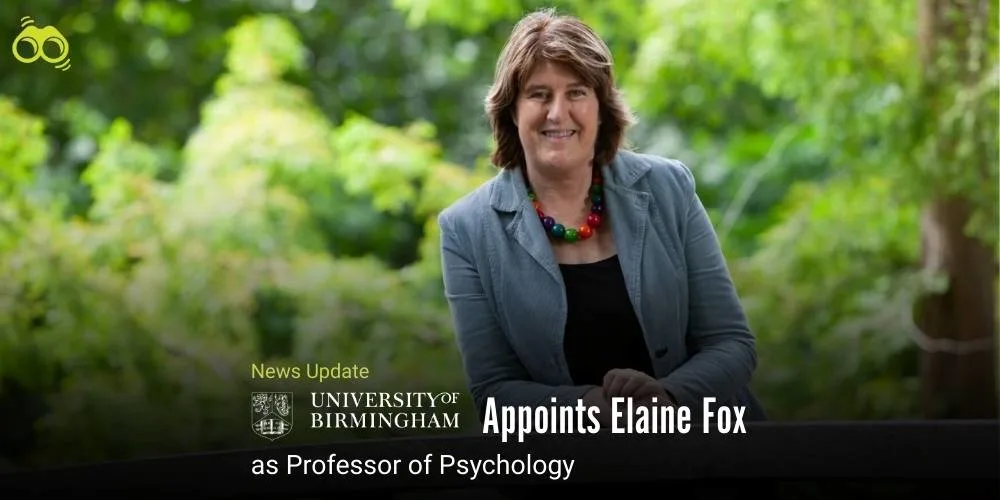University Guide 2026 Reveals Sector Struggles and Surprising Climbers
Queen Margaret Leads the Charge as Over Ten Universities Rise in Rankings
The UK universities are undergoing a period of mixed fortunes; undoubtedly, most of the universities are grappling with reduced government funding, rising operational costs and reliance on international student fees. Additionally, some universities are seeing fewer student enrollments, which leads to redundancies and course closures to stay competitive. Despite these pressures, The Times and The Sunday Times University Guide 2026 has shown a promising sign, revealing that not all the UK universities were in decline or facing closure. As a matter of fact, several universities have shown improvement in their rankings despite sector-wide challenges, with more than ten universities rising by at least 15 places from the previous year. While some of these were not widely known, they appeared to be thriving relative to their past performance.
One Scottish university, Queen Margaret University in Edinburgh, had reportedly made the most dramatic leap, climbing 39 places from 105th to 66th. Observers attributed this to an increase in applications from academically stronger sixth-formers and a rise in the number of graduates achieving first-class degrees. Hartpury University and Hartpury College had climbed 15 places and were the Specialist University of the Year, acknowledged for their emphasis on agriculture, sport, and equine studies. The University of Hertfordshire was up from 83rd to 67th, with the quality of its research being specifically commended. Yet another unnamed university was up from 104th to 84th, not doing better in any one specific area but better all around.
Edge Hill University had moved up 21 places, having been said to have achieved a high proportion of graduates finding skilled employment or progressing to study. Leeds Trinity University and Southampton Solent University had both risen 22 places, the latter having been helped by excellent student feedback. The University of Bradford had risen 25 places, with exemplary scores on sustainability and inclusivity under the "people & planet" measure. The University of Suffolk had climbed 27 places, attaining the highest rating for teaching satisfaction across UK universities. Canterbury Christ Church University had climbed 28 places, based mainly on teaching quality and student experience, achieving a top 100 position.
Overall, these gains indicated that although some institutions remained underperforming, others were making considerable progress toward strengthening their academic programs and student success.
Editor’s Note
In a time when UK higher education is being hit from all sides by financial and structural challenges, it is both heartening and reassuring to see a few universities bucking the trend. The new Times and Sunday Times University Guide 2026 presents a nuanced picture,one of widespread struggle, with many institutions trying to cope with declining government funding, the pressures of increasing costs, and too much dependence on international student fees, while others are prospering in relative silence. Most notable is the resilience and flexibility of these emerging universities. Queen Margaret University's shocking climb of 39 places is not just an aberration in the statistics; rather, it signifies a strategic emphasis on academic quality and graduate performance. Likewise, Hartpury University's Specialist University of the Year award highlights the premium placed on specialist knowledge in agriculture, sport, and equine studies, fields too often ignored in broader rankings. Furthermore, the upward mobility of institutions such as Edge Hill, Leeds Trinity, and Canterbury Christ Church indicates that employability and student experience are increasingly becoming key differentiators. It is encouraging to note that universities are being incentivised for focusing on teaching excellence, inclusivity, and sustainability, which actually matters to the student body as well as society as a whole. That notwithstanding, we should not lose the bigger picture. The sector is still vulnerable, and while for every university rising through the league tables, there are several on the brink of course closures and redundancies. The contrast in fortunes is a reminder of the need for deeper systemic change,not merely to bask in success, but in order to ensure the future of UK higher education as a whole.
Skoobuzz underlines that while many UK universities are facing tough times, some are showing real progress. Their success proves that with the right focus and effort, improvement is possible, even in a challenging environment.
FAQs
1: Why are most universities in the UK crumbling these days?
Most universities suffer from decreased funding from the government, with rising operational costs and an increasing reliance on international student payments for survival. Undoubtedly, some of the institutions have gone through course closures, staff redundancies, and declining student enrollments.
2. Are all British universities in decline?
Some institutions do suffer severe challenges, whereas others have experienced much more positive changes. For instance, more than ten universities have gained at least 15 places in the 2026 University Guide compared to last year.
3. Which university made the most impressive leap in the ranking?
Queen Margaret University of Edinburgh made the most impressive leap, moving 39 places from 105 to 66. The university attributed this success to a stronger pool of undergraduate applications and an increase in the number of first-class degrees awarded.
4. What are the contributors to this ranking change?
As a sample, universities that are in the rankings have scored exceptionally well on some indicators, like:
- Teaching quality and general student satisfaction
- Graduate employability and further study rates
- Seniority in sustainability and inclusion measurements
- Research quality and academic outputs
5. What prominent universities were acknowledged?
- Hartpury University and College: Specialist University of the Year for agriculture, sport, and equine studies.
- University of Hertfordshire: Recognised for research quality.
- Edge Hill University: Noted for impressive graduate employment outcomes.
- University of Suffolk: Most favourable teaching satisfaction rating.
- Canterbury Christ Church University: Acknowledged for teaching and student experience.
6. Is this improvement for smaller or obscure universities?
Yes, many other, less well-known institutions have made great strides. Their success shows that a focused strategy and student-centred policies can pay off, irrespective of size or historical prestige.
7. Should future students worry about university closures?
Some are indeed feeling the pressure, but the guide suggests that many are innovating and improving. So future students should be quite careful in their research into individual institutions, weighing academic strengths against long-term viability.
8. What does all this mean for higher education's future within the UK?
Quite clearly, the sector is at a crossroads. Those examples of innovation and resilience for the future demonstrate both that improvement is possible but also that mainstream reform and sustainable funding are vital for broad, long-term success.














0 Comments (Please Login To Continue)